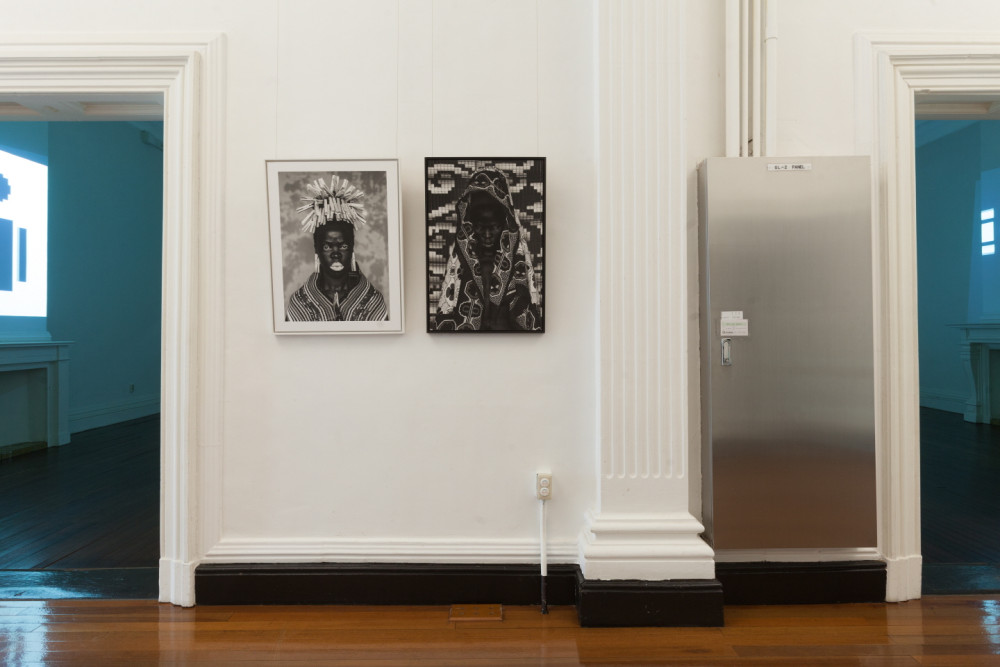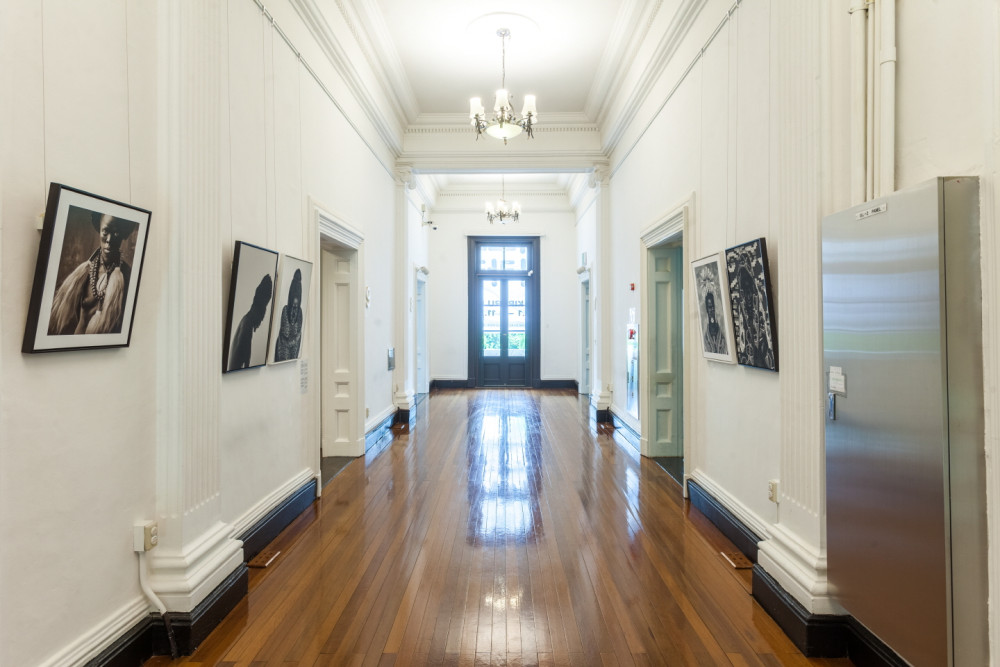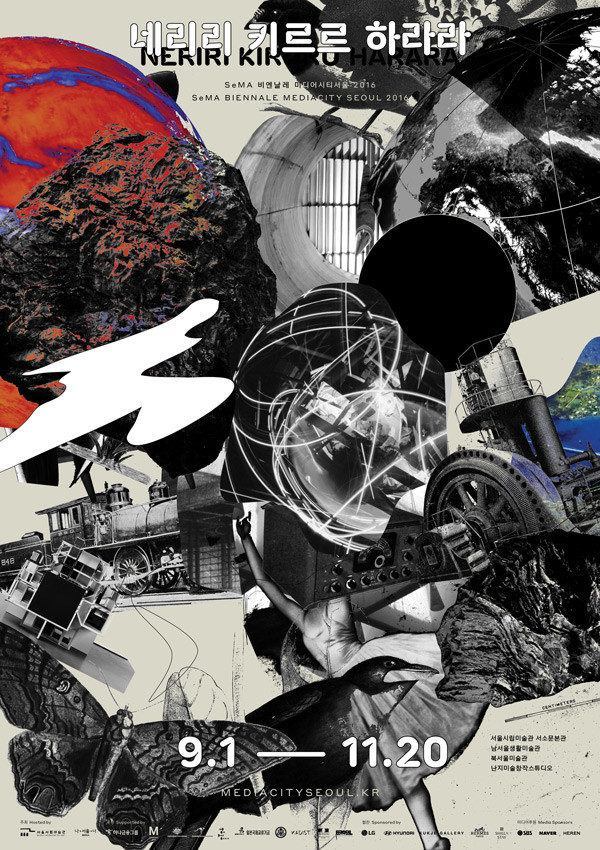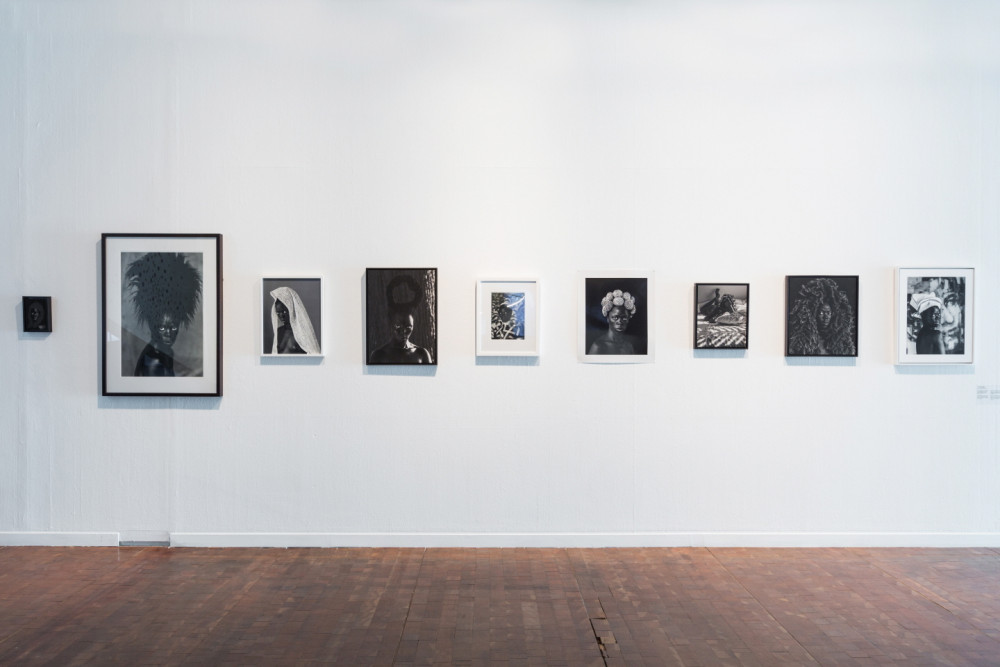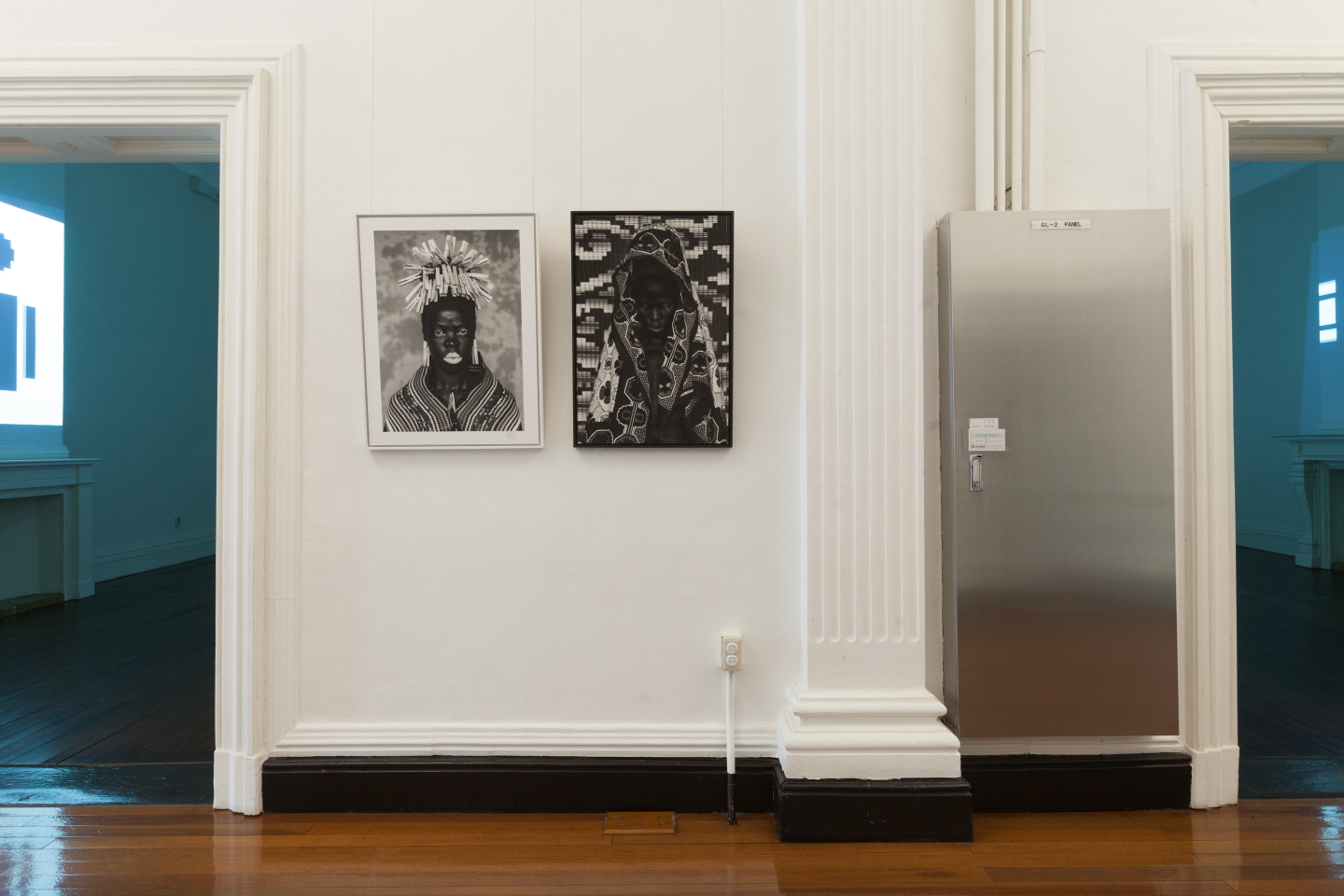
Zanele Muholi, who has been undergoing a life-long project of documenting members of the black LGBTI community of South Africa, turned the camera on herself and produced selfportraits taken while travelling in South Africa, America and Europe. With such artistic practices she confronts the politics of race while commenting on specific events in South Africa’s political history, such as the Marikana massacre. In her photographs of stark black and white contrast, Muholi dresses in different outfits as she takes on various personas. Zanele Muholi writes: “Experimenting with different characters and archetypes, I have portrayed myself in highly stylized fashion using the performative and expressive language of theater. The black face and its details become the focal point, forcing the viewer to question their desire to gaze at images of my black figure. By exaggerating the darkness of my skin tone, I’m reclaiming my blackness, which I feel is continuously performed by the privileged other.” (The titles include a word or phrase in Zulu along with the place where the photograph was taken.)
Bester IV, Mayotte, 2015. inkjet on cotton paper framed without glass. 80 × 57.8 cm (image and paper). Courtesy of the artist and Stevenson, Cape Town, Johannesburg; Yancey Richardson, New York
Somnyama III, Paris, 2014. inkjet on cotton paper framed without glass. 80 × 59.5 cm (image and paper). Courtesy of the artist and Stevenson, Cape Town, Johannesburg; Yancey Richardson, New York
Hlengiwe, Paris, 2014. inkjet on cotton paper framed without glass. 80 × 53.3 cm (image and paper). Courtesy of the artist and Stevenson, Cape Town, Johannesburg; Yancey Richardson, New York
MaID in Harlem, African Market, 116 St, 2015. Archival pigment ink on Baryta Fibre paper framed without glass. 50 × 40 cm (image), 60 × 50 cm (paper). Courtesy of the artist and Stevenson, Cape Town, Johannesburg; Yancey Richardson, New York
